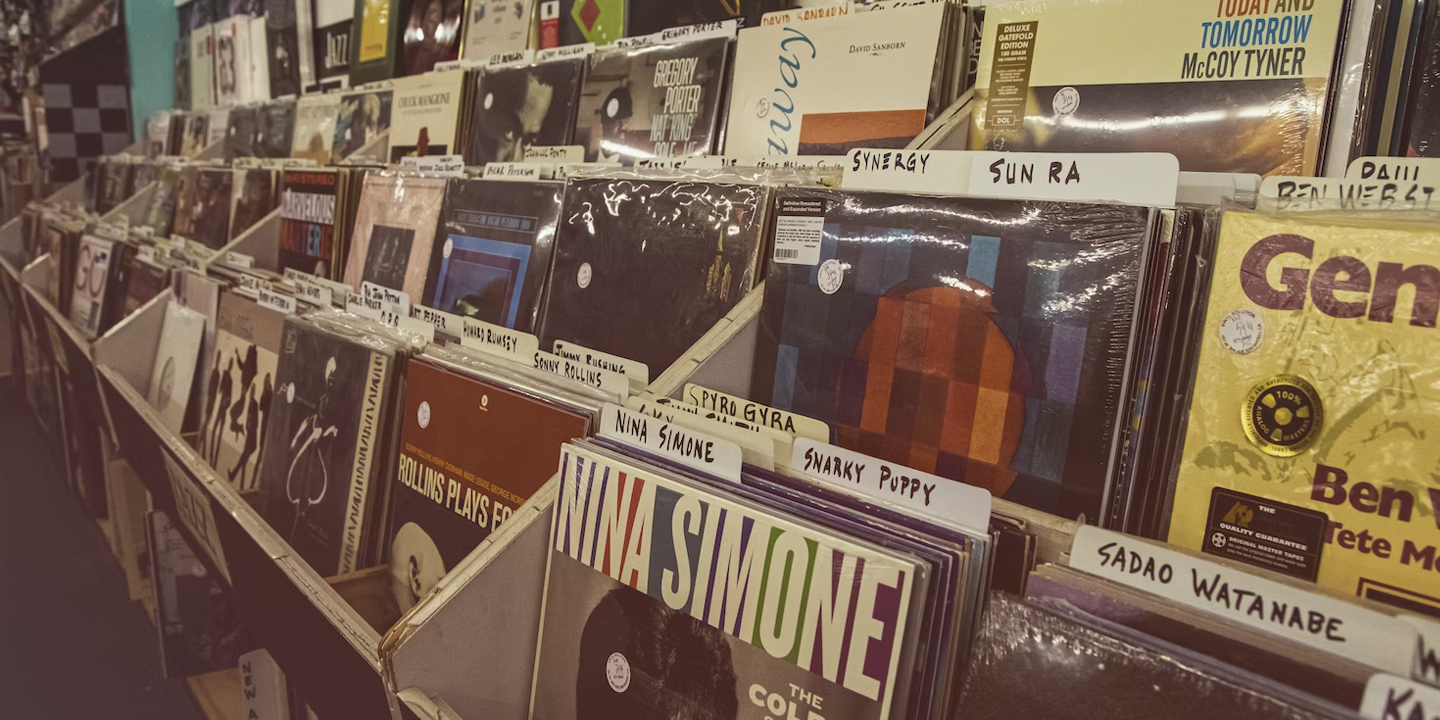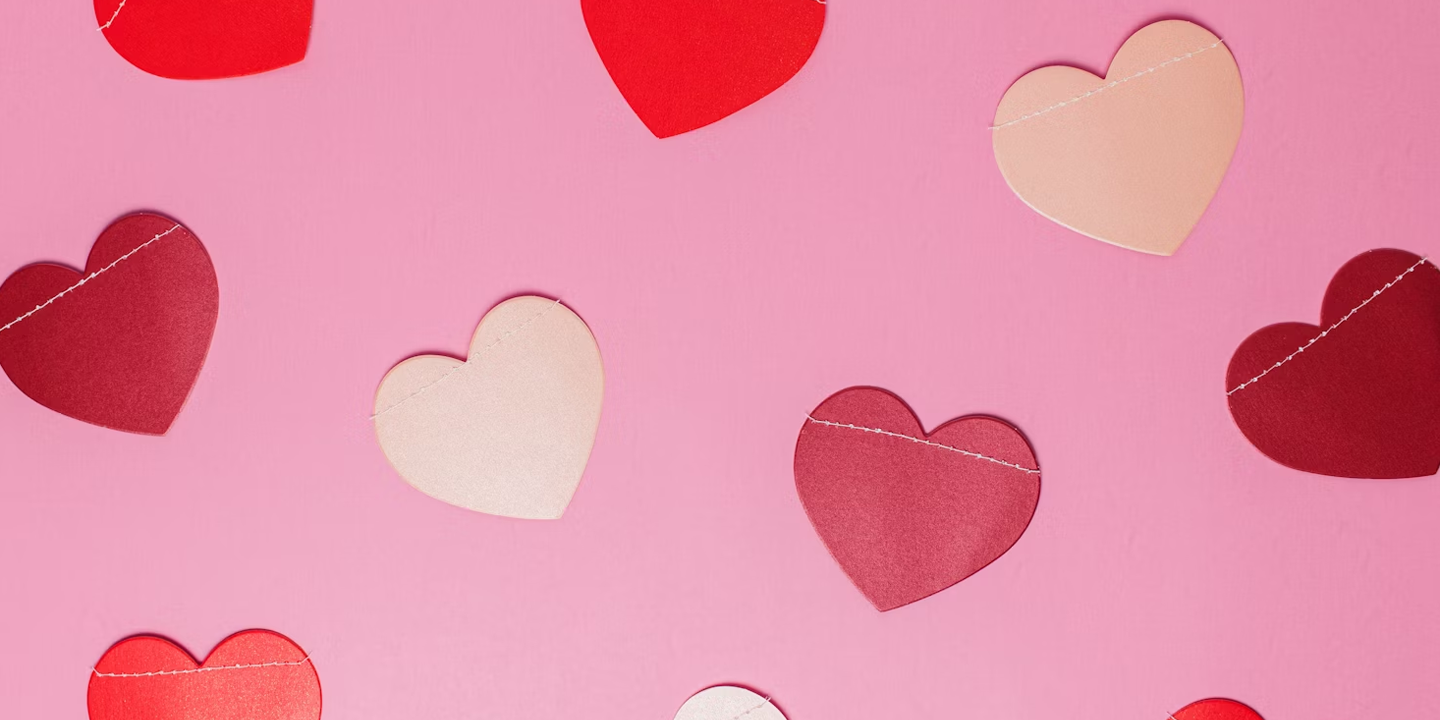Use Color Like A Pro
Whether you want to live your cottagecore fantasy, or just want to brighten up that stretch of lawn, gardening has never been easier. Even if you have a brown thumb, these colorful perennials and annuals are so easy to grow they practically take care of themselves.
1. Mock Orange
Even if you don't live in an area where oranges are grown, you can enjoy Florida's state fruit in the summer. Mock orange flowers into white petals with soft yellow centers and sweet perfume. When in bloom, mock orange is the star of any garden, outside of that, it provides excellent background support.
2. Lavender
This gorgeous herb offers gorgeous colors, a soothing scent, and even medicinal properties. Dried lavender flowers are frequently used in potpurri, while lavender oil has calming properties. You can even use infuse lavender into food or drinks!
3. Sunflowers
A sweet and iconic flower, sunflowers aren't picky about soil and are known for sometimes popping up on their own (well, with the help of birds). In addition to the gorgeous view and edible seeds, you'll also enjoy visits from ladybugs, bees, and hummingbirds. Take care to choose the right variety for your space, as some can grow up to 10 feet tall!
 Matthias Oberholzer on Unsplash
Matthias Oberholzer on Unsplash
4. Lupines
Thriving in cool summers and high elevations, this member of the pea plant is a bonafide showstopper. Lupines grow tall and bold, blossoming into a rainbow of miniature traffic cones. While lupines are great at self-sowing, the plants are near-impossible to transplant or cut into bouquets, as they dislike being disturbed.
5. Honeysuckle
Honeysuckle smells just like its name, and its unique, orchid-like flowers stand out in any garden. You can buy either bush or climber varieties of honeysuckle to spread the fragrance around your property. Just be aware that honeysuckles will probably grow much larger than you anticipate, so make sure they have space!
6. Yarrow
Bright yellow yarrow is one hardy plant. Yarrow pops up across most of the country, enduring scorching temperatures, drought, and bitter cold. Yarrow blooms from late spring to early fall with a delicious spicy scent accompanying your blooms.
7. Black-Eyed Susan
This all-American icon is one black eye that will always put a smile on your face. Black-eyed Susan will blossom around midsummer, and stay until the first touch of frost. Birds and pollinators love these sunny flowers as much as gardeners do.
8. Marigolds
A no-fuss favorite, marigolds germinate quickly and last from spring to autumn. Marigolds are a great choice for new gardeners, especially those with kids. The bright colors will let the sunshine in even throughout the dreariest of summer storms.
9. Daffodils
Daffodils are a classic for a reason. They bloom as early as late winter and stick around for a couple of weeks. Daffodils are one of the first signs of coming spring, and their sunny yellow flowers are guaranteed to put a smile on your face.
10. Dianthus
With their lush color varieties and spicy scent, dianthus plants are a great pick for cozy cottages and summer getaways. These small, showy blooms flower from May to August. Their size makes them a great addition to rock gardens and hanging containers.
11. Bleeding Hearts
Dramatic bleeding hearts are a low-risk, high-reward perennial. Bleeding hearts are great for brightening up corners or bringing color to woodland gardens. While they die out after flowering, they'll always come back.
12. Allium
Who says onions are only for eating? Vibrant purple ornamental onions are a great addition to rock gardens, meadows, or cottages. Allium are reliable flowers that you don't have to worry about being snacked on—their scent is a deterrant to most animals.
13. Morning Glory
Morning glories are somewhat rare among flowers as they in a natural blue variety. These quaint vines bloom throughout June to October and require moderate care. Seeds are highly toxic, and the self-sowing plant is considered an invasive species in some areas.
14. Chrysanthemums
Bright colors aren't just for the height of summer, as proven by these regal flowers. Chrysanthemums bloom in autumn with colors that perfectly complement the changing leaves. While chrysanthemums come back, they're also prone to dying after a few seasons; we recommend planting a new few bulbs each year.
15. Zinnias
Blooming in the full sun of summer, zinnias offer a variety of both color and shape. Zinnias are compact and hearty, thriving in containers and around borders. They also attract butterflies to add even more color to your vibrant garden.
16. Pansies
Pansies are pretty and pocket-sized, blooming from late winter to early spring. Pansies require regular watering beyond summer showers, but we promise they're worth it. Pansies offer some of the most unique colors and patterns of any commonly-grown flowers.
 Julie Blake Edison on Unsplash
Julie Blake Edison on Unsplash
17. Dahlias
Dahlias don't ask for much beyond full sun and well-drained soil, though they may need to be stored for winter. Dahlias bloom from midsummer to first frost, adding a pop of color after other blooms have closed. With 42 different species and thousands of cultivars, you're sure to find the flower that suits you.
18. Peonies
With their wide range of colors and softball size, peonies are a landscaping showstopper. Peonies bloom from late spring to early summer and don't need a ton of TLC to come back every year. Peonies smell as lovely as they look and are a great centerpiece for bouquets.
 Cristina Anne Costello on Unsplash
Cristina Anne Costello on Unsplash
19. Snapdragons
Whimsically-named snapdragons can be grown as annuals or perennials depending on climate. These small but mighty flowers bloom best in cool summers; in the south, they're even known to bloom during mild winters. Snapdragons come in a variety of colors and sizes to suit every garden.
20. Daylilies
Daylilies come in a wide variety of hues, each with behavior as unique as its color. Some daylilies flower continuously throughout summer, while others go all-out at the peak of summer. So long as daylilies get plenty of sunlight and keep weeds at bay, they'll keep coming back.

























